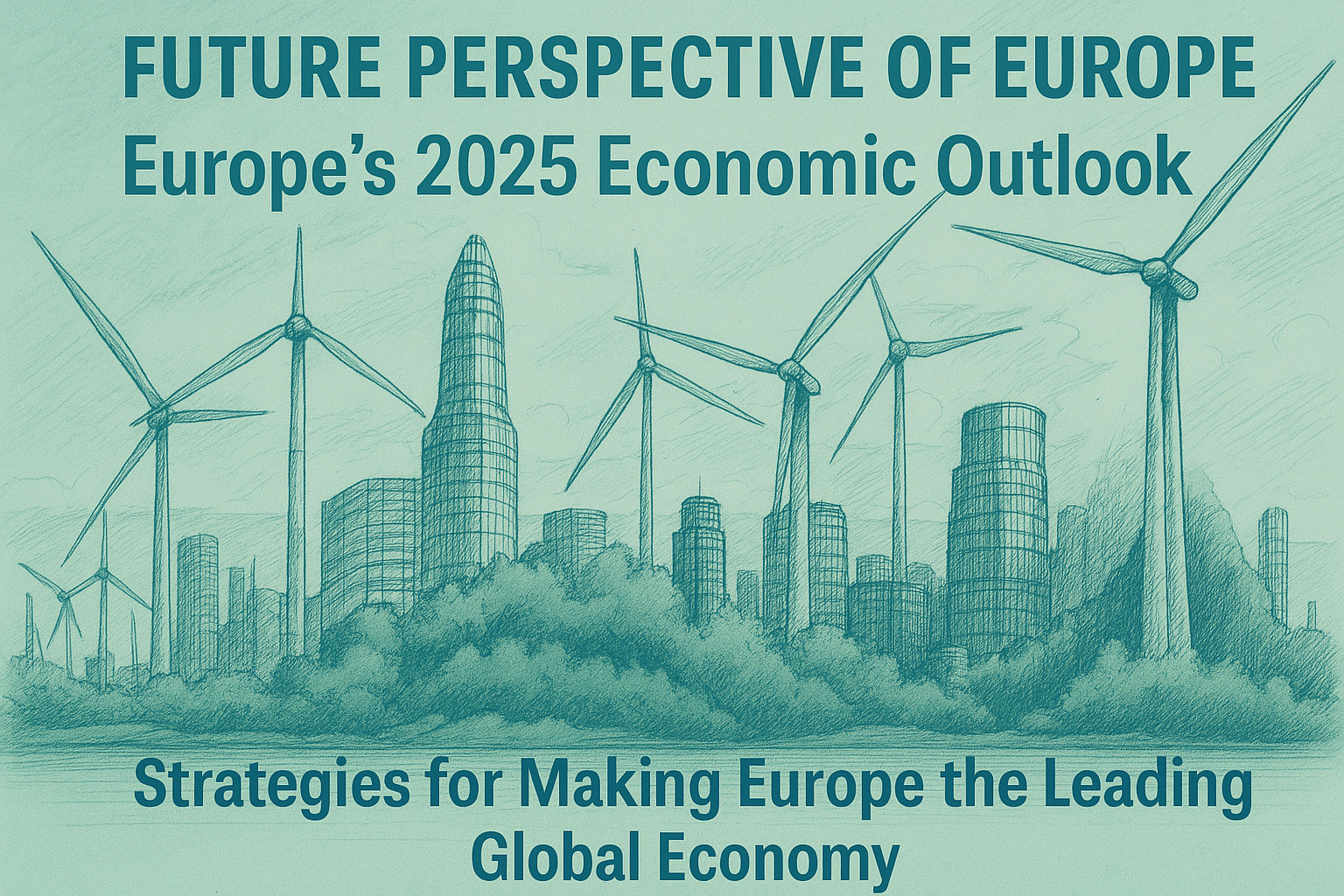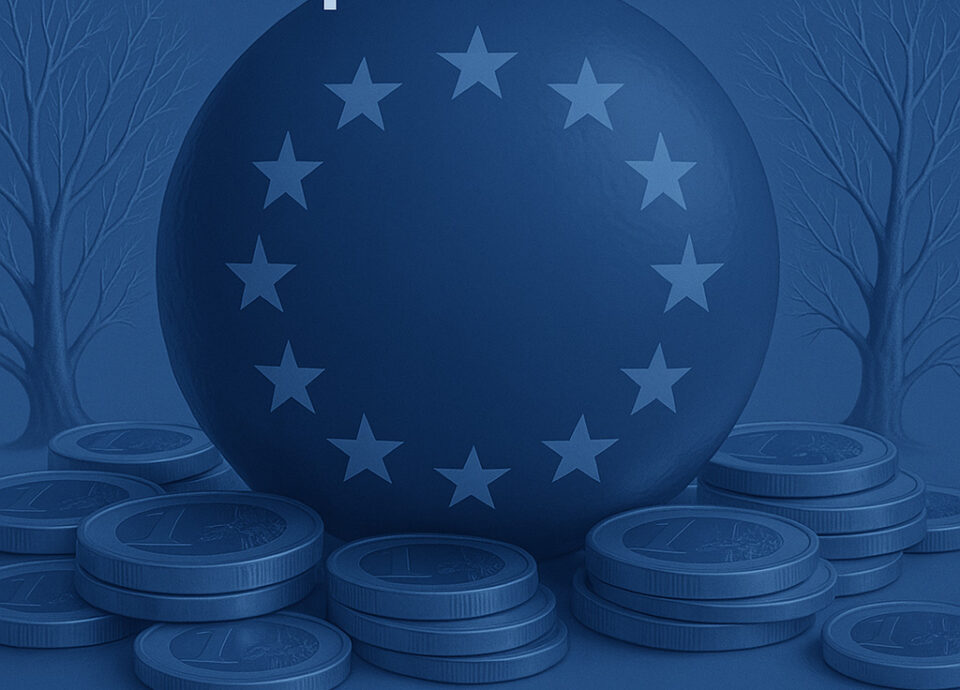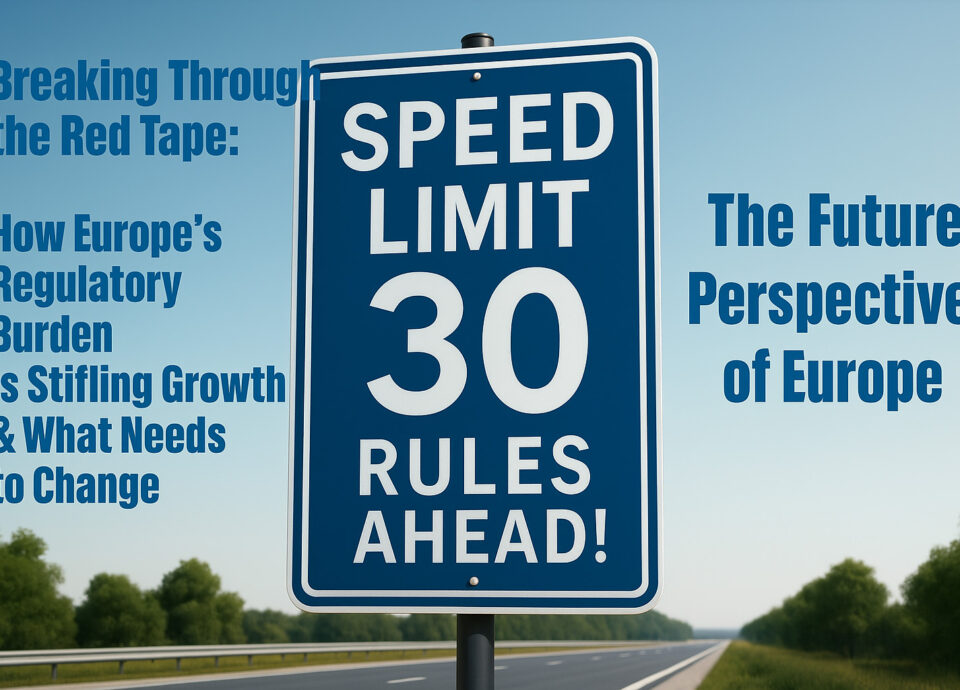Europe is at a turning point. Some industries, like automotive, manufacturing, and retail, face disruption. Meanwhile, AI, fintech, and green energy are rising with new opportunities. Markets are shifting, technology is advancing, and policies are changing. Europe must act now to lead or risk falling behind. Decisions made today will shape Europe’s economic future.
The Challenges: Where Europe Must Act Now
While Europe boasts strong industrial roots and a well-educated workforce, several key sectors face significant hurdles:
1. Automotive & Manufacturing: Innovation or Decline?
- The European automotive industry is battling weak EV demand, supply chain issues, and fierce competition from China.
- Projected Risk: Bloomberg Intelligence warns of potential 15%+ revenue declines (source) for manufacturers unable to innovate fast enough.
- Strategic Pivot: Companies like Volkswagen are already adapting by securing semiconductor supply chains and investing in autonomous vehicle technology.
2. Real Estate & Construction: High Costs, Low Growth
- Rising interest rates, labor shortages, and stagnant demand are challenging traditional construction models.
- Projected Risk: The European Economic Forecast 2025 expects a 10–15% sector slowdown (source), making it crucial to embrace green infrastructure and smart cities.
3. Retail & Consumer Goods: The Digital Disruption
- With e-commerce outpacing brick-and-mortar retail and consumers demanding personalized shopping experiences, traditional retailers must adapt or risk failure.
- Projected Risk: Analysts predict that 20% of retail companies may struggle unless they embrace digital transformation and omnichannel strategies.
The Opportunities: How Europe Can Take the Lead
However, despite these challenges, Europe is uniquely positioned to dominate in several high-growth sectors due to its strong innovation ecosystem, government-backed sustainability initiatives, and a highly skilled workforce.
1. Digital & AI Innovation
- With a booming startup ecosystem, Europe is advancing in artificial intelligence, cybersecurity, and cloud computing.
- Growth Potential: 8–10% CAGR, with public-private investments fueling innovation hubs like Germany’s Silicon Saxony, now a microelectronics powerhouse.
2. Renewable Energy & Green Technology
- The EU’s aggressive decarbonization goals and sustainability incentives are driving massive clean energy investments.
- Growth Potential: The International Energy Agency (IEA) predicts an 8–12% CAGR (source), reinforcing Europe’s leadership in green energy.
- Example: Stellantis, an automaker, is pivoting toward sustainability with a commitment to carbon neutrality by 2038.
3. Fintech & Financial Services
- With regulatory backing, Europe is emerging as a global hub for digital banking, blockchain, and fintech innovation.
- Growth Potential: McKinsey forecasts 10–15% CAGR (source), as demand for digital financial solutions surges.
4. Healthcare & Biotechnology
- With an aging population and rising healthcare innovation, Europe is a leader in biotech, personalized medicine, and AI-driven diagnostics.
- Growth Potential: Expected double-digit expansion due to strong R&D investments.
5. Advanced Manufacturing & Automation
- The rise of Industry 4.0—robotics, AI-driven factories, and smart automation—offers Europe a chance to redefine global manufacturing.
- Growth Potential: 7–10%, as companies optimize production and increase efficiency.
A Roadmap to Global Economic Leadership
Europe must act now. If not, it risks stagnation, loss of influence, and missed innovation opportunities. Both business and policy leaders must act strategically to claim the top spot in the global economy:
For Business Leaders & Investors:




For Policymakers:








